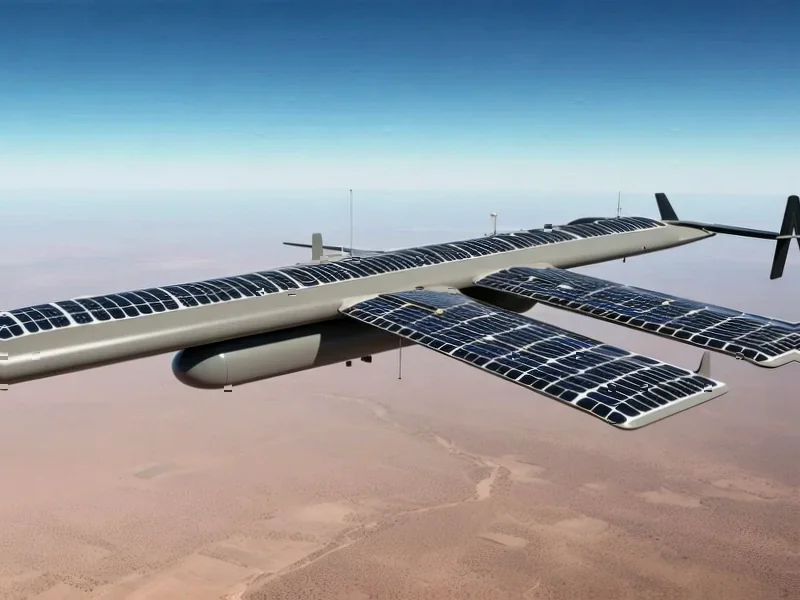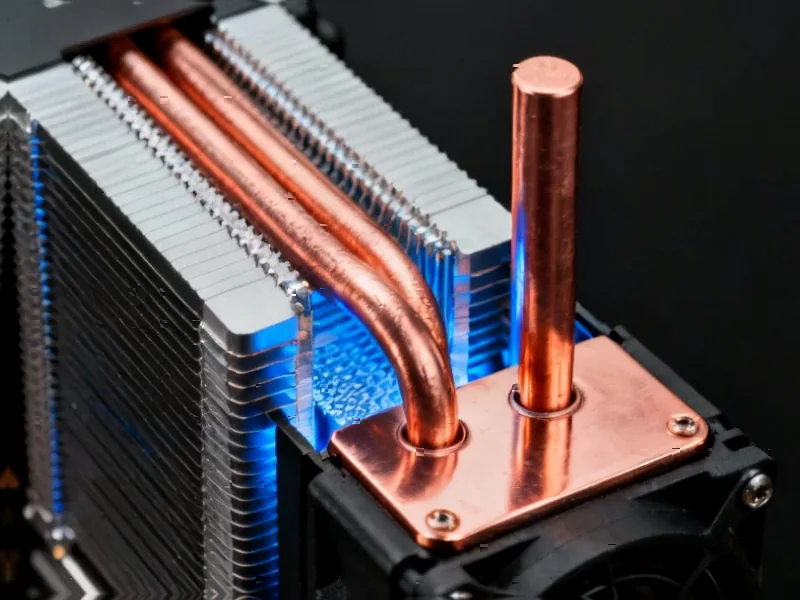According to The Verge, DJI has announced the Neo 2 selfie drone as a follow-up to its September 2023 predecessor, adding critical safety and control features missing from the original $199 model. The new drone incorporates gesture controls and an obstacle avoidance system using forward-looking LIDAR and downward-looking infrared sensors, allowing it to detect hazards while following users in forward and sideways flight modes. At 151 grams, the Neo 2 is slightly heavier than its predecessor but gains a larger 1,606mAh battery extending flight time to 19 minutes and includes 49GB of onboard storage. The drone’s maximum following speed increases to 12m/s (nearly 27mph) and can maintain stable hover in winds up to 24mph, while the camera upgrades to a dual-axis gimbal and captures 4K footage at 60fps. Currently launching exclusively in China with pricing starting at 1,499 Chinese Yuan (approximately $211), the Neo 2 represents DJI’s continued refinement of the consumer selfie drone category. This evolution signals important trends in the personal drone market.
Table of Contents
The Obstacle Avoidance Breakthrough
The integration of LIDAR technology represents a significant advancement for consumer-grade drones, particularly in the selfie category where user safety and equipment protection are paramount. Unlike traditional camera-based systems that struggle in varying lighting conditions, LIDAR provides reliable distance measurement regardless of ambient light, making it ideal for the unpredictable environments where people typically use selfie drones – parks, beaches, and outdoor gatherings. The combination with downward-looking infrared sensors creates a comprehensive protection system that addresses the most common collision scenarios for follow-me drones. This technological implementation at a consumer price point demonstrates how DJI is leveraging its expertise from professional drones to democratize advanced features that were previously exclusive to higher-end models costing thousands of dollars.
Market Strategy and Regional Limitations
DJI’s decision to launch the Neo 2 exclusively in China reveals several strategic considerations. The company appears to be using its home market as a testing ground for refined consumer products before global rollout, a pattern we’ve seen with other recent releases like the Osmo Mobile 8. This approach allows DJI to gather real-world usage data and refine software algorithms while containing potential issues to a controlled market. The pricing strategy is particularly interesting – at approximately $211, the Neo 2 positions itself as a premium alternative to competitors like HoverAir’s X1 while remaining accessible to mainstream consumers. However, this China-first strategy creates an opportunity for competitors in other markets and may frustrate DJI’s global customer base who have come to expect simultaneous worldwide releases for the company’s products.
The Evolution of Human-Drone Interaction
Gesture controls represent more than just a convenience feature – they mark a fundamental shift in how users interact with unmanned aerial vehicles. By eliminating the need for constant smartphone or controller input, DJI is making drone operation more intuitive and accessible to users who may be intimidated by traditional RC interfaces. The small screen indicating mode status addresses a key usability gap in the original Neo’s LED-based system, providing clearer feedback during operation. This development aligns with broader industry trends toward natural user interfaces, though it raises questions about reliability in crowded environments where multiple people might inadvertently trigger gestures. The technology’s effectiveness in real-world scenarios outside controlled demo environments will be crucial to its adoption.
Technical Considerations and Limitations
While the specifications are impressive, several practical considerations deserve attention. The 151-gram weight keeps the Neo 2 below many regulatory thresholds, but the increased capabilities might encourage riskier usage patterns that could attract regulatory scrutiny. The improved wind resistance to 24mph is notable, but users should understand that “stable hover” doesn’t guarantee perfect footage quality in such conditions. The camera’s continued use of the same half-inch sensor as its predecessor, despite other upgrades, suggests DJI is balancing performance with cost containment. The 4K/60fps capability is competitive, but the sensor size limitation means low-light performance may still trail more expensive drones. These trade-offs reflect the challenging balance between consumer affordability and professional-grade features in this rapidly evolving product category.
Broader Industry Impact
The Neo 2’s advancements will likely pressure competitors to accelerate their own safety and usability features, potentially driving industry-wide improvements in consumer drone technology. As selfie and content creation continue to dominate social media, the demand for sophisticated yet accessible aerial imaging tools will only grow. DJI’s continued innovation in this space demonstrates the company’s understanding that the future of consumer drones lies not in raw performance specs, but in seamless integration into everyday content creation workflows. The success of the Neo 2 could influence how other manufacturers approach the balance between autonomous operation and user control, potentially setting new standards for what consumers expect from personal drones in the $200-300 price range.



